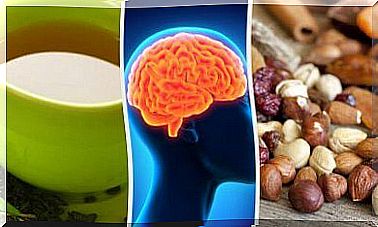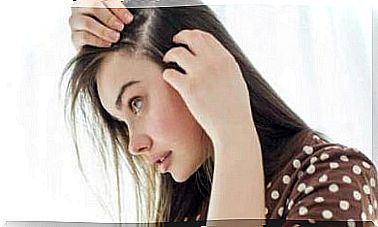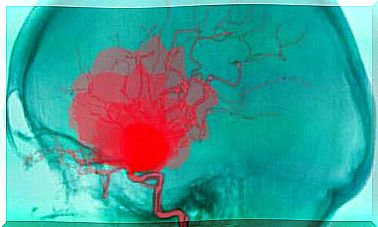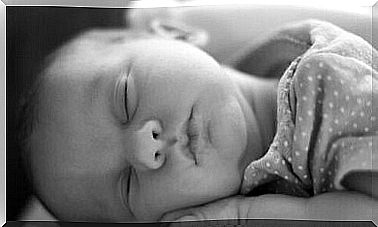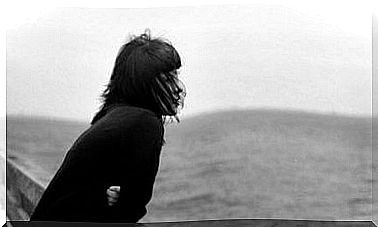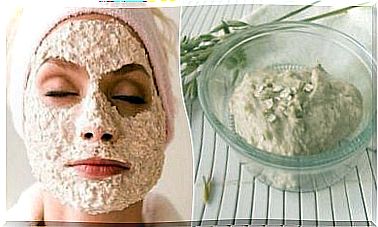What Do You Know About Postpartum Alopecia?
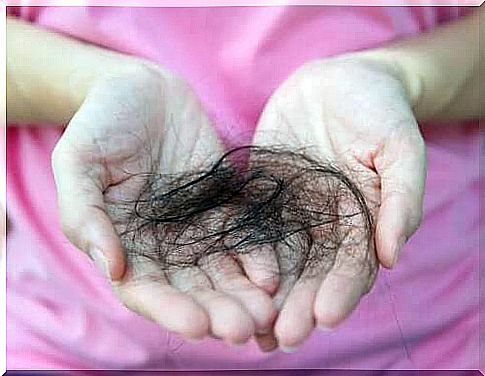
Postpartum alopecia is a temporary hair loss that occurs in most women who have given birth. It appears two or three months after the baby is born. However, it is not related to the type of breastfeeding the mother is giving.
Causes of alopecia after childbirth
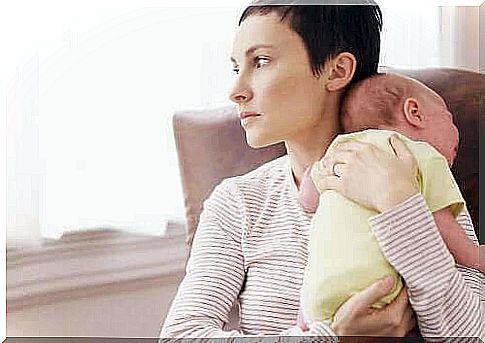
The cause that causes this type of alopecia has to do with the changes and temporary hormonal processes that take place in the postpartum phase. However, other factors also play a role.
- Stress: During this time, the mother may feel pressured or stressed due to the new situation in her life.
- Iron levels: A decrease in iron levels occurs in a high percentage of women after childbirth and also affects hair loss.
The life cycle of hair
To understand the process of alopecia after childbirth, it is good to understand the biological cycle of hair. Each hair follicle has the capacity to develop 20 to 25 cycles. These cycles, as can be seen from this information from El farmacéutico: profesión y cultura (Spanish link), consist of 3 phases:
- Anagen phase: refers to the growth phase and lasts between 2 and 6 years.
- Catagen phase: in this phase hair growth stops. It takes between 2 and 3 weeks.
- Telogen phase: This is the phase where the hair falls out. This process takes about 3 months. Then the anagen phase starts again in the same follicle.
Normally 90% of the hair is in the growth phase while the other 10% is in the shedding phase. However, during pregnancy, the levels of estrogen and thyroid hormones keep hair in the anagen phase. As a result, many pregnant women notice that their hair is healthier and fuller during pregnancy.
Alopecia after childbirth
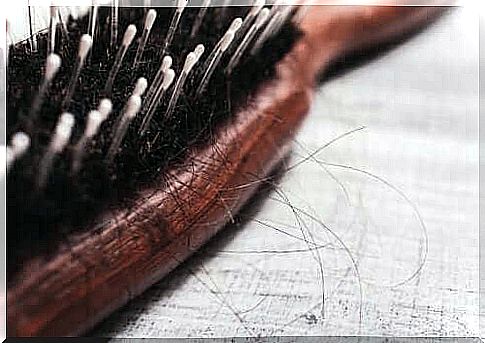
After birth, hormone levels are restored in such a way that all the hair that grew suddenly goes into the shedding phase. That is why mothers suffer from hair loss two or three months after giving birth.
If a woman loses between 50 and 100 hairs per day in the pre-pregnancy phase, this can triple to as much as 500 hairs per day during the postpartum phase.
The duration of postpartum alopecia is usually 4 to 6 months. However, recovering the volume will take a few more months and will also vary from case to case.
Anemia and alopecia after childbirth
Iron deficiency anemia or iron deficiency is common in women in the postpartum stage. This is due to the significant blood loss during labor and postpartum, as this study, published in the Revista Peruana de Ginecología y Obstetricia, points out (Spanish link).
The lack of iron leads to a decrease in hemoglobin, which prevents the necessary amount of oxygen from being transported to the tissues. For this reason, hair follicles are not properly nourished and weaken in the long run, which promotes the appearance of alopecia after childbirth.
In the same way, factors such as the following can also contribute to the weakening of the hair root and thus the appearance of alopecia after childbirth:
- Fatigue
- Lack of sleep
- Changes in eating habits
- Stress from new obligations and taking care of the baby.
Prevention and treatment of alopecia after childbirth
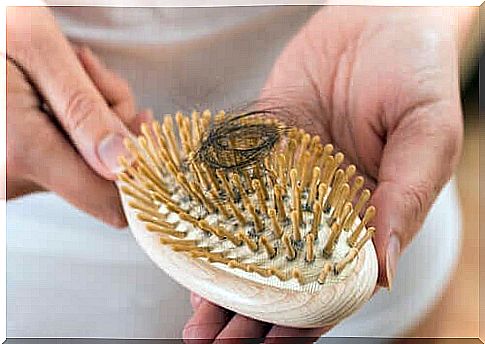
To prevent and relieve the symptoms of alopecia after childbirth, it is necessary for women to maintain adequate hygiene and care for their hair.
Use of products
Mothers should comb their hair gently and use shampoos and products designed for postpartum alopecia. In addition, it is best to limit the use of hair dryers, straighteners, rough brushes and other treatments that can be harsh on the hair.
Nutrition
In terms of nutrition, care must be taken to ensure that all essential vitamins, trace elements and amino acids are included. In this sense, special attention should be paid to those associated with hair health, such as sulfur-containing amino acids, L-cysteine and L-methionine.
And this is noted by this research published in the Revista Chilena Dermatológica (Spanish link). These amino acids contribute to the transport of iron and zinc to the scalp. Zinc is therefore essential for the formation of keratin, the main protein of the hair.
At the same time, B-group vitamins, including biotin, which regulates sebum secretion, and selenium, an antioxidant, play an important role in maintaining good hair health.
Millet extract, rich in vitamins, essential fatty acids and minerals, as shown by this study published in Comprehensive reviews in food science and food safety , can help stop hair loss while stimulating hair growth.
In short, we hope this information will help you when it comes time to give birth. However, if in doubt, it is always best to consult a doctor for advice.
